How you move a priceless 1.5-ton Buddha across continents
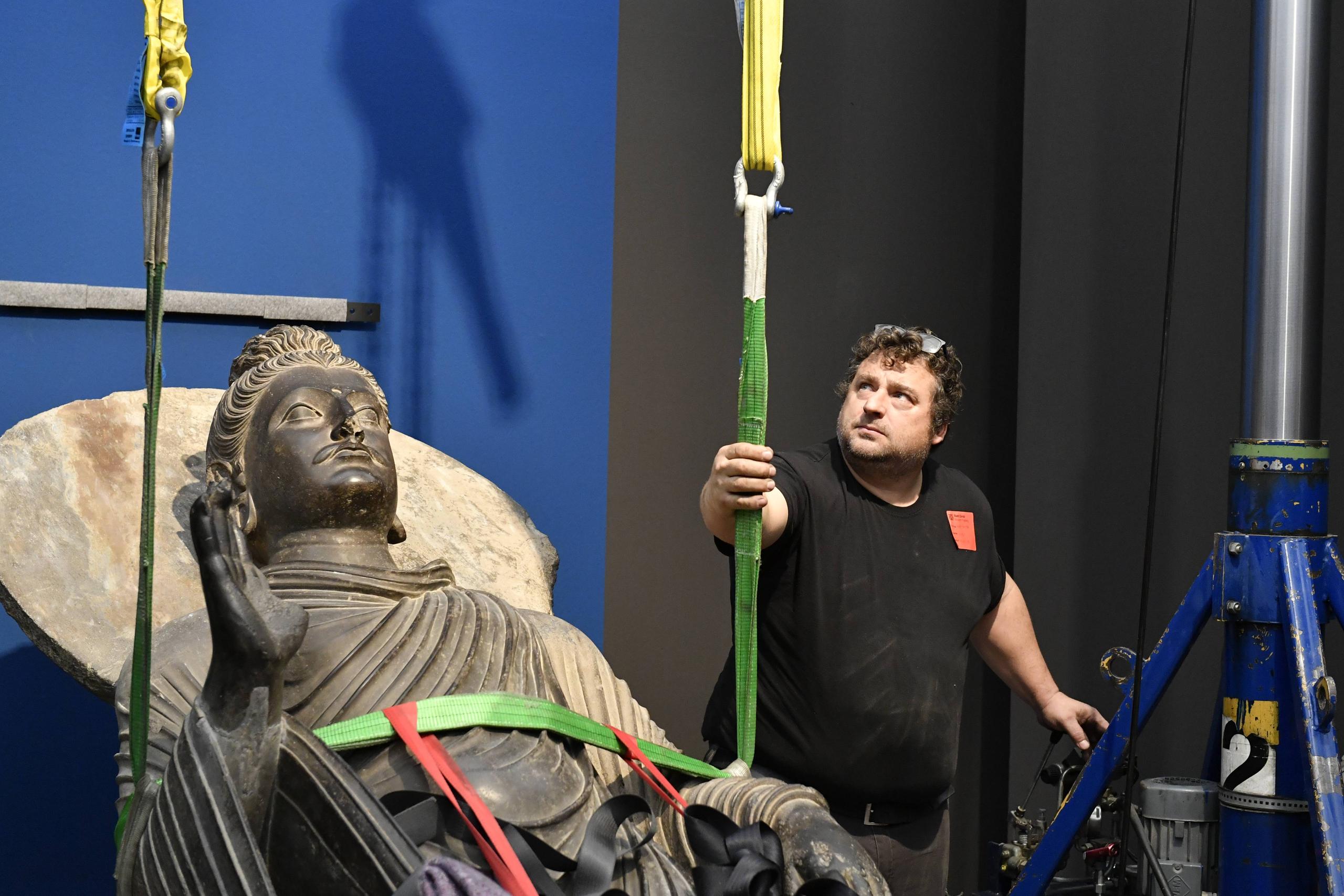
The loan of a three-metre tall, 2,000-year-old Gandhara-period Buddha statue proved to be a bigger challenge than anticipated for Zurich’s Rietberg museum.
Museum curator Johannes Beltz remembers when he first set eyes on the statue housed in the Peshawar museum, located near Pakistan’s border with Afghanistan.
“The museum was half empty as many exhibits were on their way to South Korea for an exhibition on Buddhism. The other artefacts were covered up as there was some renovation work going on,” he told swissinfo.ch.
Disappointed, Beltz asked for the largest statue to be unveiled. It was love at first sight and he was determined to bring the huge stone sculpture to Switzerland.
“It is probably one of the biggest Buddhas of that period of Gandharan art. It is almost perfectly intact which is very rare for such a massive sculpture,” he says.
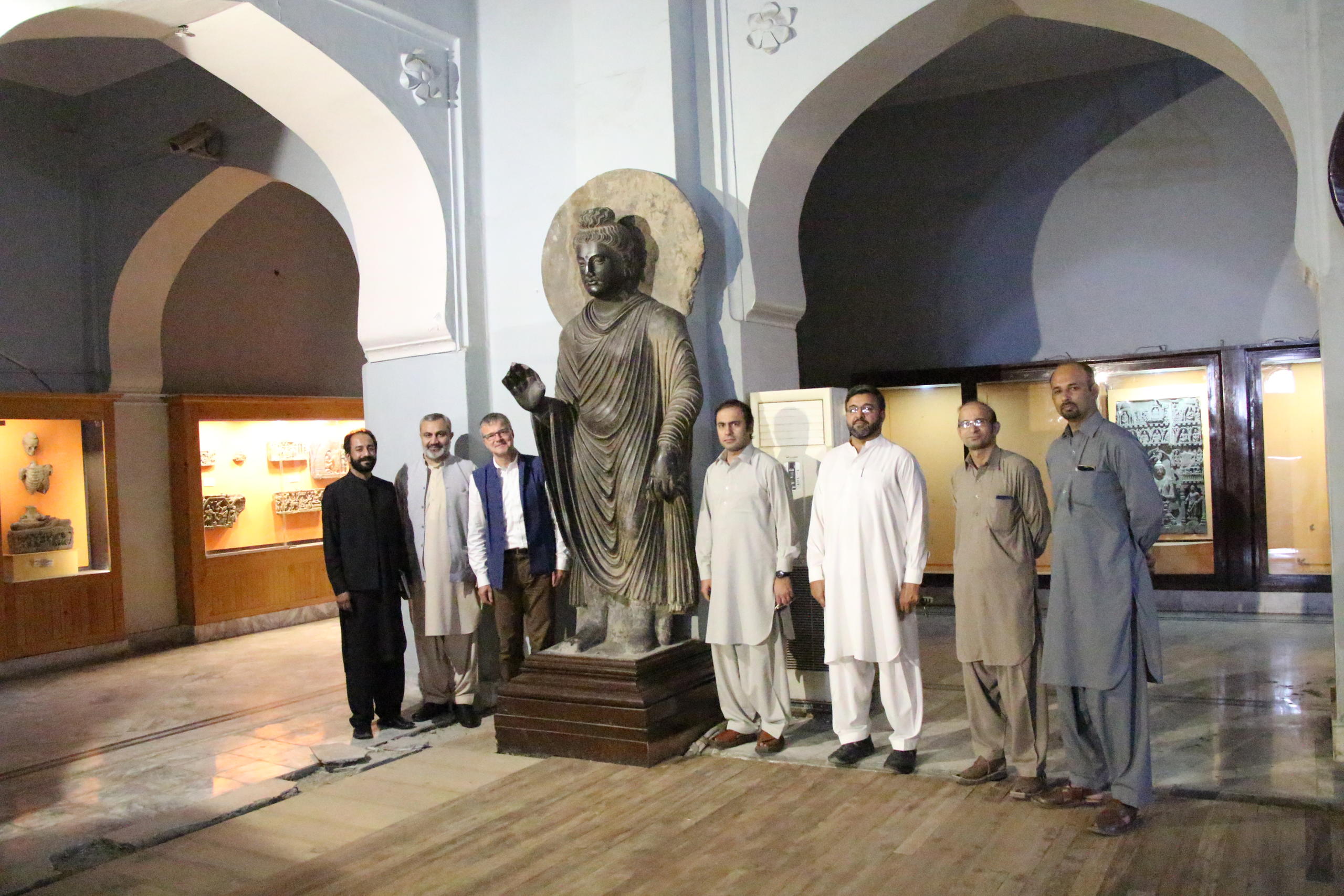
The ancient state of Gandhara, located in the present-day Peshawar region, was known for its Indo-Greek art work and was one of the main centres from which Buddhism spread in Asia. The statute was excavated by a British archaeological team in 1909 in Sahr-i-Bahlol (now a UNESCO World Heritage Site) and given to the Peshawar museum. And that is where it remained for over a hundred years until it was transported to the Rietberg museum last December.
The transportation was more than what anyone had bargained for. The first hurdle was the paperwork. Despite signing a memorandum of understanding in spring last year, it took two months of bureaucratic wrangling until the statue could be physically removed.
The next difficulty was finding someone who could supervise the delicate operation. There was no local expertise for such a task and the museum had to hire Swiss stone conservator Tobias Hotz to handle the safe removal of the statue from the Peshawar museum. It proved to be a good decision as the operation would prove to be more complex than expected: The Buddha was fixed to the wall.
“We tried to move it with a crane but it wouldn’t budge and I had to stop the operator before the statue was damaged,” says Hotz.
However, Hotz was not surprised that the statue was attached with steel rods as the region is prone to earthquakes.
“As a practical person it is what I would have done if I had installed the statue over a hundred years ago,” he says.
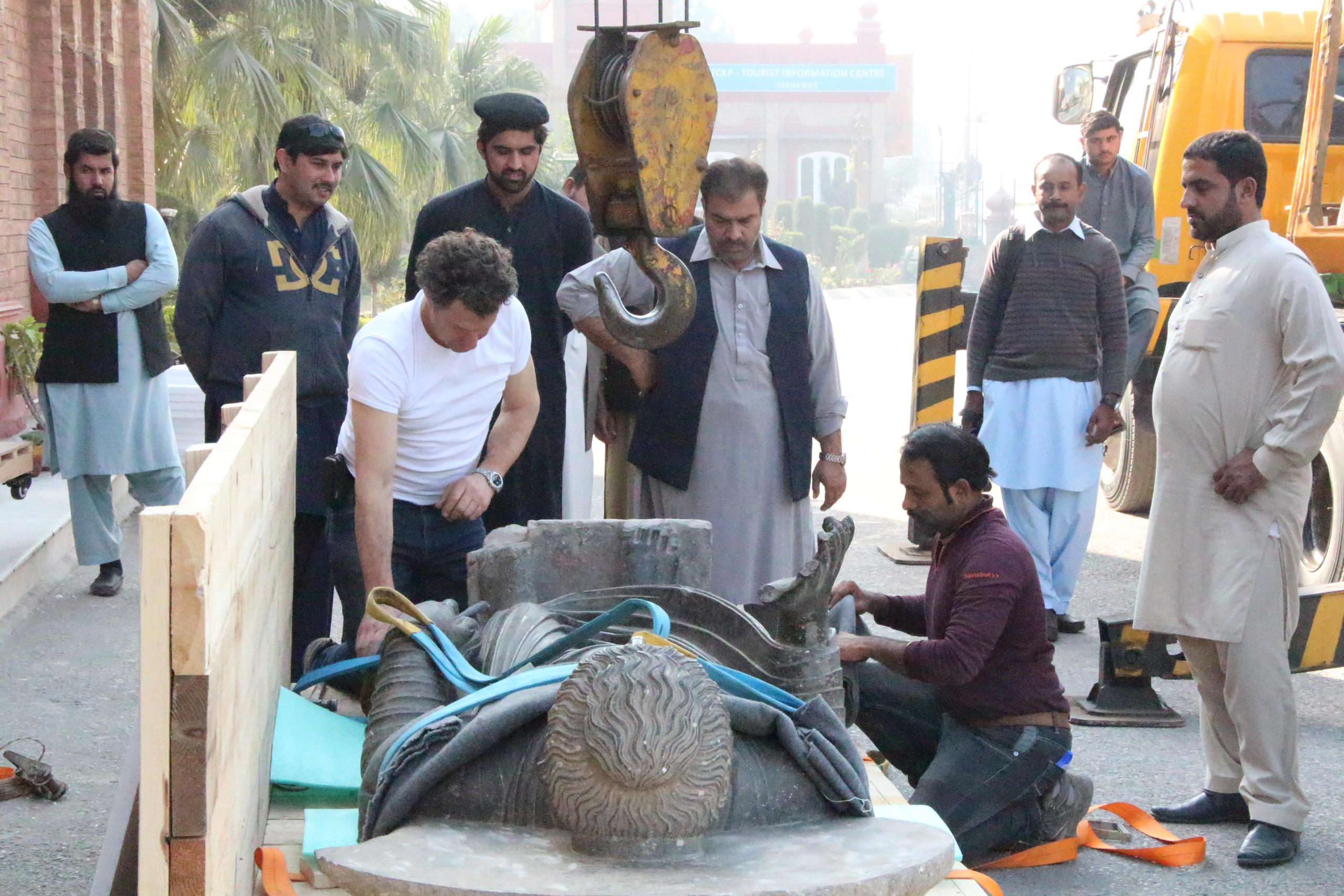
The team was forced to break a part of the museum wall to find out where the statue was attached and detach it. The newly laid floor was also damaged during the process. The Buddha was transported by plane to Zurich via Dubai and arrived in the nick of time for the “Next stop nirvanaExternal link” exhibition at the Rietberg museum.
“The Buddha arrived just two days before the opening of the exhibition. For Swiss planning this is not normal as we usually need a minimum of ten days to get things ready,” says Beltz.
The total cost of the transportation alone came to between CHF30,000 and CHF 40,000 (around $30,000 to $40,000), which was largely borne by the governmental Swiss Agency for Development and Cooperation (SDC).
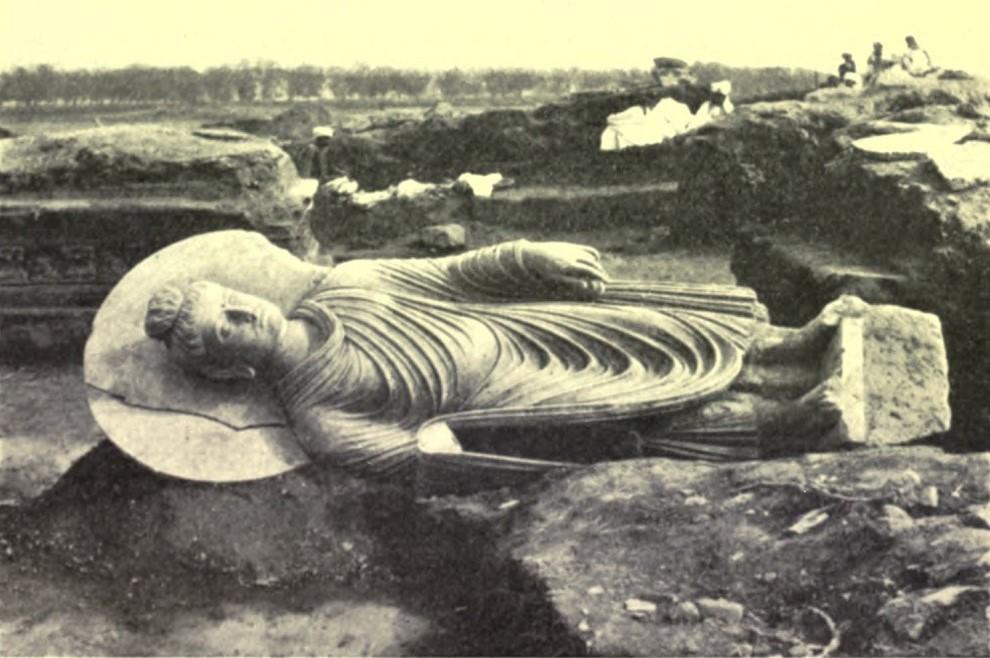
A delegation from Pakistan, including the assistant curator of the Peshawar museum Asif Raza, was invited to attend the exhibition in Zurich.
“Our department promotes Gandhara culture but not many people can come here and see the exhibits for various reasons. We are happy to gain exposure though other museums,” says Raza.
He is happy to see that the statue has been given a lot of prominence at the Rietberg exhibition. However, Beltz is not completely satisfied.
“It should be positioned higher because the statue is designed to be viewed from below. The legs have been sculpted shorter compared to the torso and head for this reason,” he says.
This effect couldn’t be achieved as the hall’s ceiling was too low to bring in a crane needed to lift the statue higher. This imperfection was more than made up for by an unexpected discovery when cleaning the statue.
“We found gold as well as red and blue coloured pigments that gives us a clue about how the statue might have originally looked like,” says Beltz.
Museum cooperation
The Gandhara Buddha kickstarted a cultural collaboration agreement between Switzerland and Pakistan. Stone conservator Tobias Hotz will lead a workshop for museum officials in Pakistan on the transport of large stone sculptures. Another joint exhibition at the Rietberg museum is also on the cards: miniature paintings from India will be displayed along with contemporary art from students of the National College of Arts in Lahore.
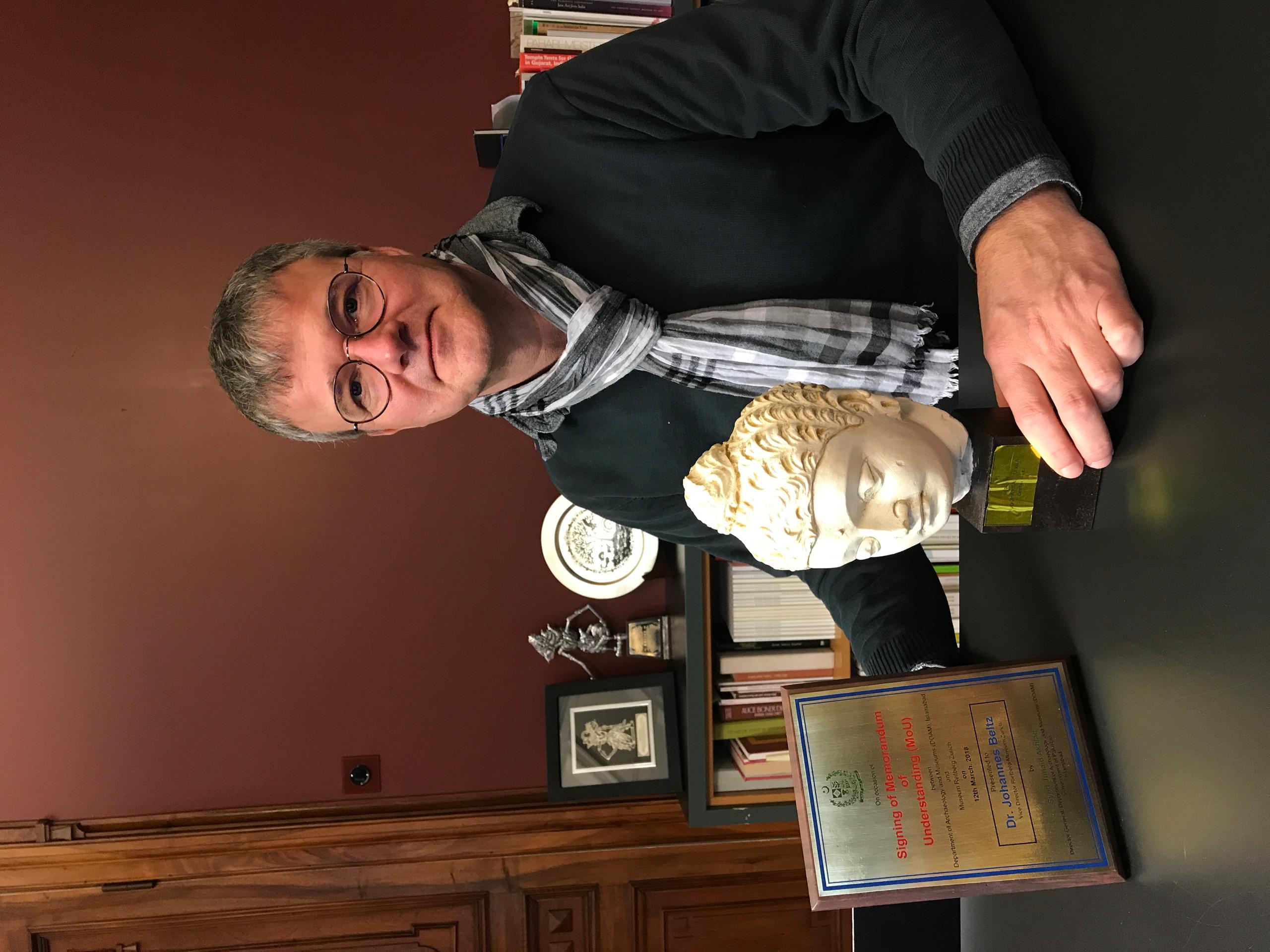
According to Beltz, the potential of Pakistan’s archaeological heritage is not even close to being exploited to the maximum.
“I think that it is important that museums in Pakistan are professionalised. They need directors that know how to run a museum and not someone who is transferred to another department in a few years,” he says.
Apart from holding special exhibitions, Beltz wants Pakistan’s museums to think of the entire visitor experience, including cafeterias, toilets and shops.
“You don’t need a lot of money or foreign funding to have a vibrant museum. You need a plan and professional staff,” he says.
Raza also shares a similar outlook on the state of affairs in Pakistan.
“Finance is an issue but the bigger problem for us is management. The Rietberg museum has around 100 professional staff members while we only have 40 employees of which only five are experts,” he says.

In compliance with the JTI standards
More: SWI swissinfo.ch certified by the Journalism Trust Initiative










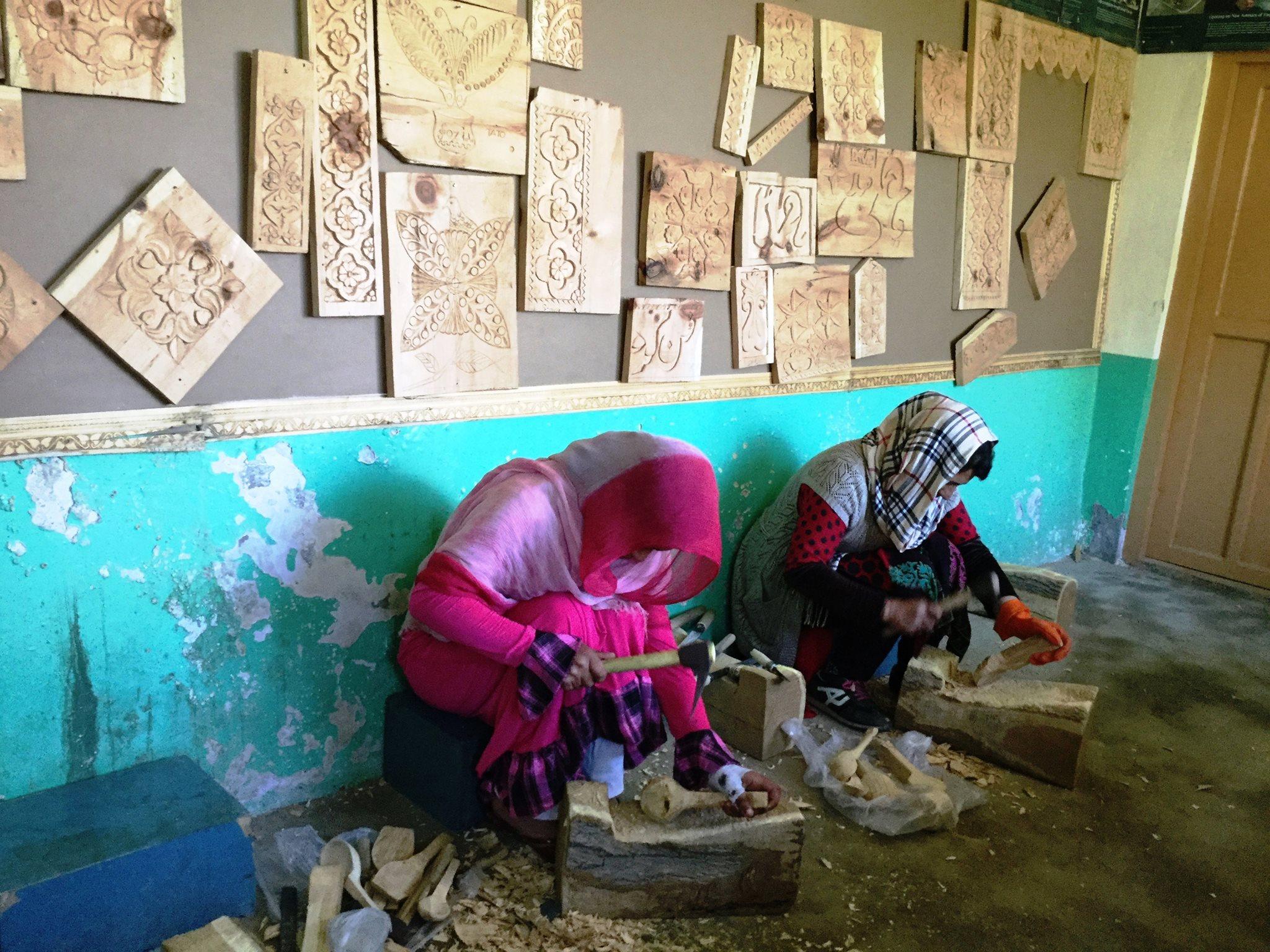


You can find an overview of ongoing debates with our journalists here . Please join us!
If you want to start a conversation about a topic raised in this article or want to report factual errors, email us at english@swissinfo.ch.